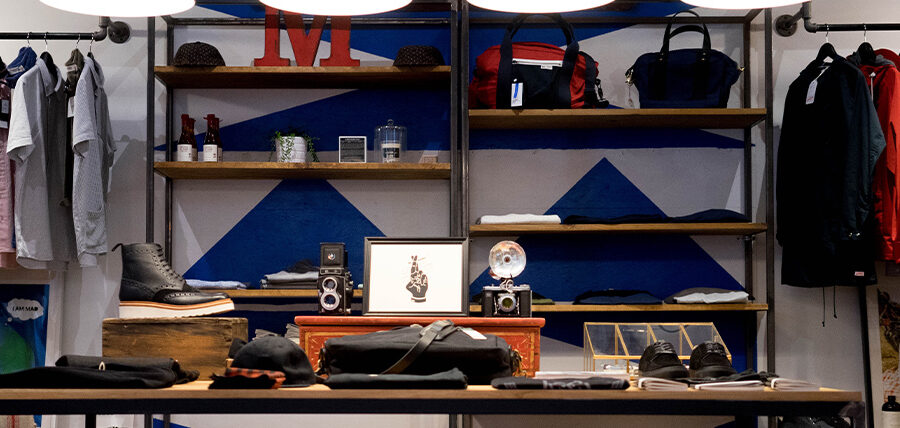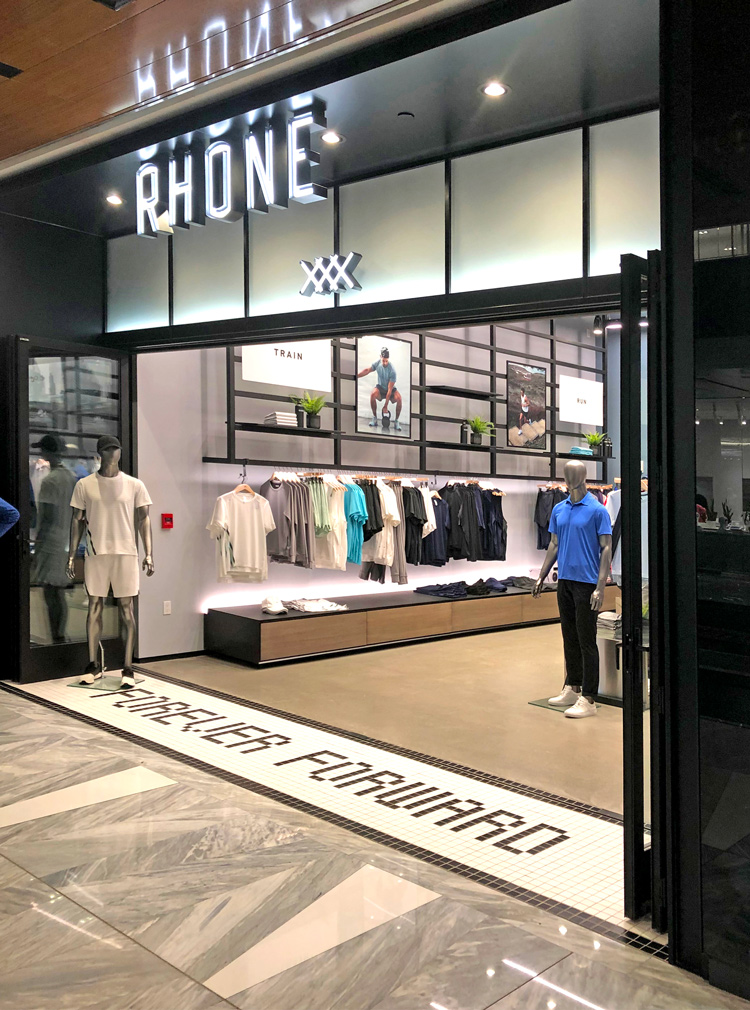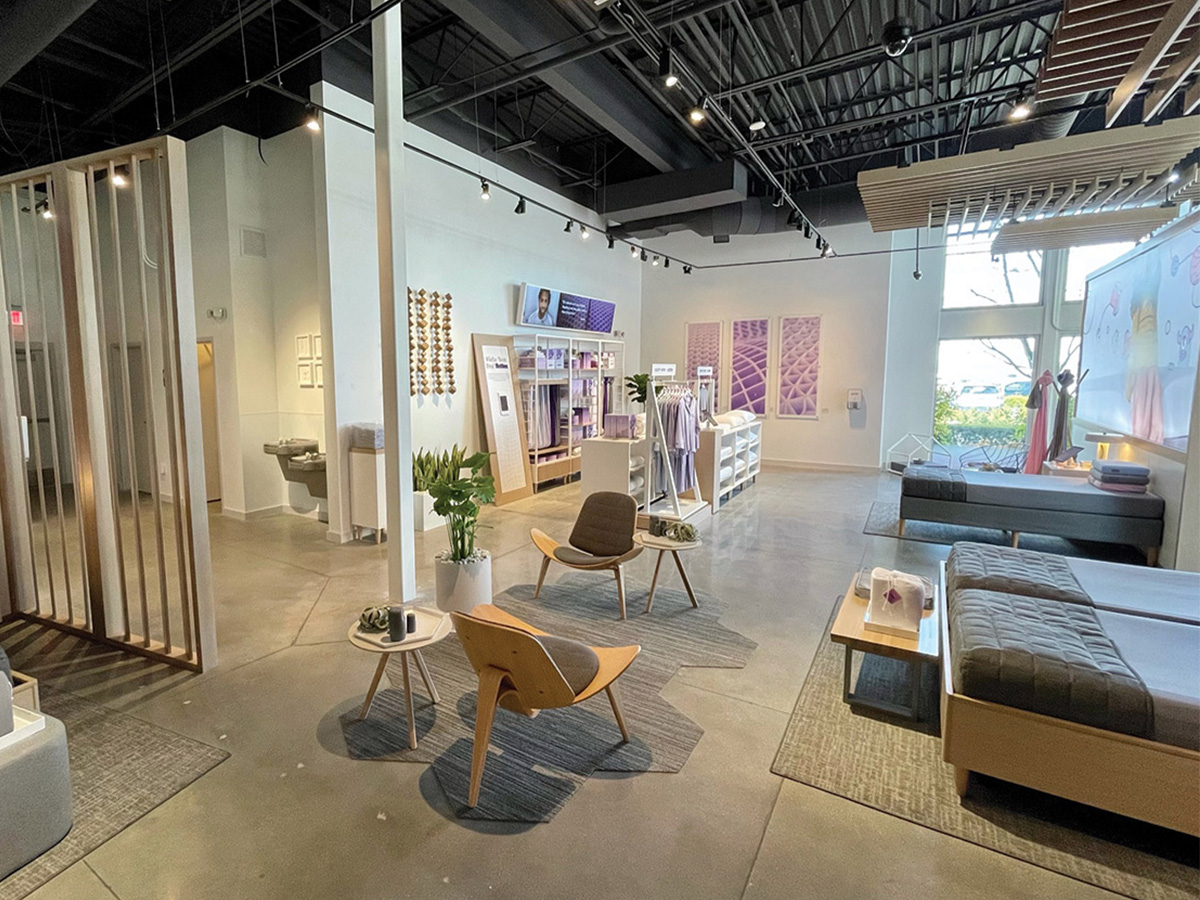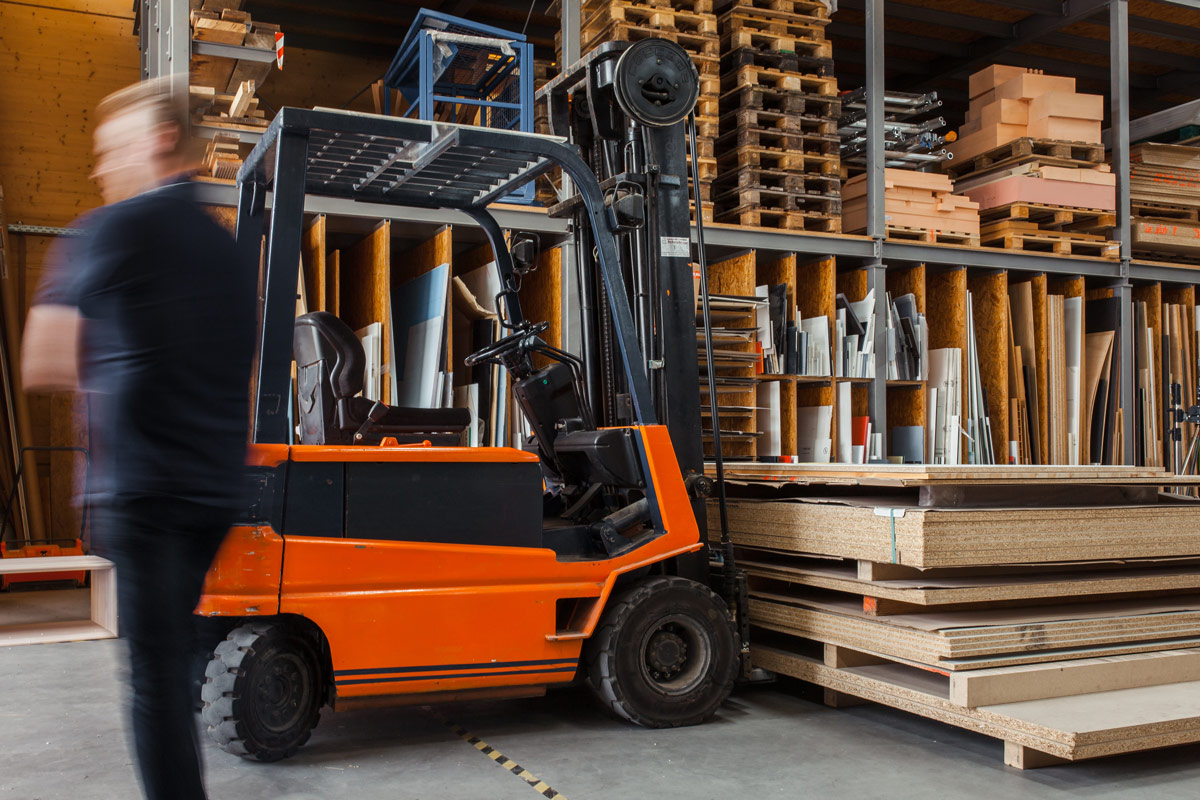share this article
There’s something deeply magical about stepping into a physical store. The moment you walk through the door, you’re immersed in a brand’s world—the textures, the atmosphere, the energy. It’s an experience that goes beyond the transaction. It’s about connection. And for DTC brands, expanding from the digital space into physical retail is a journey that taps into something more than just business strategy. It’s an emotional step towards deeper engagement and connection with your customers.
As a DTC brand, you’ve already established trust and loyalty online. Your customers know you, they follow you, and they believe in what you stand for. But when you move from pixels and screens to brick and mortar, it’s not just about replicating the digital experience in a store—it’s about enhancing it. It’s about creating a space where your story can come alive and resonate in a way that feels personal and unforgettable.

The Power of In-Person Connection
Think about the first time a customer holds your product in their hands, feels its weight, and experiences its design up close. It’s no longer just a photo on a screen or a review online. It’s real. It’s tangible. It’s the beginning of a deeper relationship. As retail expert Rachel Williamson says, “The best retail experiences aren’t about just selling products—they’re about creating emotional connections that turn first-time visitors into loyal customers.”
When you open your doors to a physical store, you’re offering more than just products—you’re offering an experience that touches your customers’ hearts. There’s something undeniably powerful about seeing someone light up when they find something they love, hearing their excitement as they tell their friends, or simply watching them linger in your store because they feel at home there. This is what sets physical retail apart—it creates moments that stay with your customers long after they’ve left.
The CEO's Guide to Launching Physical Retail From DTC Roots
Entering physical retail is complex. Learn how the smartest DTC brands get it done, and get a step-by-step execution plan.

Crafting a Space That Tells Your Story
Every brick-and-mortar store is an extension of your brand’s identity. It’s where your story unfolds in the real world, where your values and your mission come to life. But this doesn’t happen by chance. It requires intention, thoughtfulness, and a deep understanding of what your brand means to your customers.
Rachel Williamson shares, “A store is an extension of the brand—it’s where your customers experience the heart of what you do. It’s the chance to show them that what they’ve connected with online is just as authentic, real, and powerful in person.”
When you think about your store design, think about the emotion you want to evoke. Every detail should be a reflection of your brand’s essence. The layout, the colors, the displays—each element must tell your story and invite customers to immerse themselves fully in your world. This is your chance to create an environment that doesn’t just look beautiful—it feels like home.

Finding the Right Place to Build Connections
Location isn’t just about foot traffic—it’s about finding a space where your brand can thrive and connect with the right audience. Think about the neighborhoods, the communities, the people who align with your values. Your location should reflect the essence of your brand and attract those who will appreciate the experience you’re offering.
Rachel wisely says, “A great location isn’t just one with high foot traffic—it’s one that aligns with your brand’s values and connects with your customer base. It’s where your story can truly resonate and grow.”

The Heartbeat of Operations
Behind every unforgettable retail experience is an operation that runs like a well-oiled machine. From inventory management to customer service, the operational side of retail might not seem glamorous, but it’s what makes everything else possible. Think of your operations as the unsung hero that allows the magic to happen seamlessly. When everything is in place, customers don’t just shop—they are swept up in the experience, leaving with a smile and a story to tell.
Rachel puts it simply: “The real work in retail happens behind the scenes. It’s the operational excellence that ensures every interaction, every purchase, and every moment feels effortless to the customer.”

The Emotional Impact of Your Retail Store
Transitioning from a digital-only model to a physical one is more than just a business decision. It’s about creating an emotional experience that draws people in and makes them feel connected to something bigger than just a product. It’s about telling your story, building your community, and offering an experience that resonates deeply with your customers.
When you get it right, your store becomes more than just a place to buy things. It becomes a destination—a place where customers can connect with your brand in a way that feels meaningful. It’s a space where they feel valued, seen, and part of something important.
As Rachel wisely puts it, “A physical store isn’t just a retail space; it’s an experience that deepens the relationship you have with your customers. When done right, it becomes a place where your brand truly comes to life.”
The journey from DTC to physical retail isn’t just about selling products; it’s about creating a lasting impression, a deep connection, and an unforgettable experience. So when you open that door, make it more than just a store—make it a place where your brand and your customers’ hearts meet.
At ASG, we understand the emotional journey of expanding into physical retail. We’re here to help you make that leap with intention and heart, so your brand’s story can unfold in the real world. Let’s bring your vision to life, one unforgettable experience at a time.





































